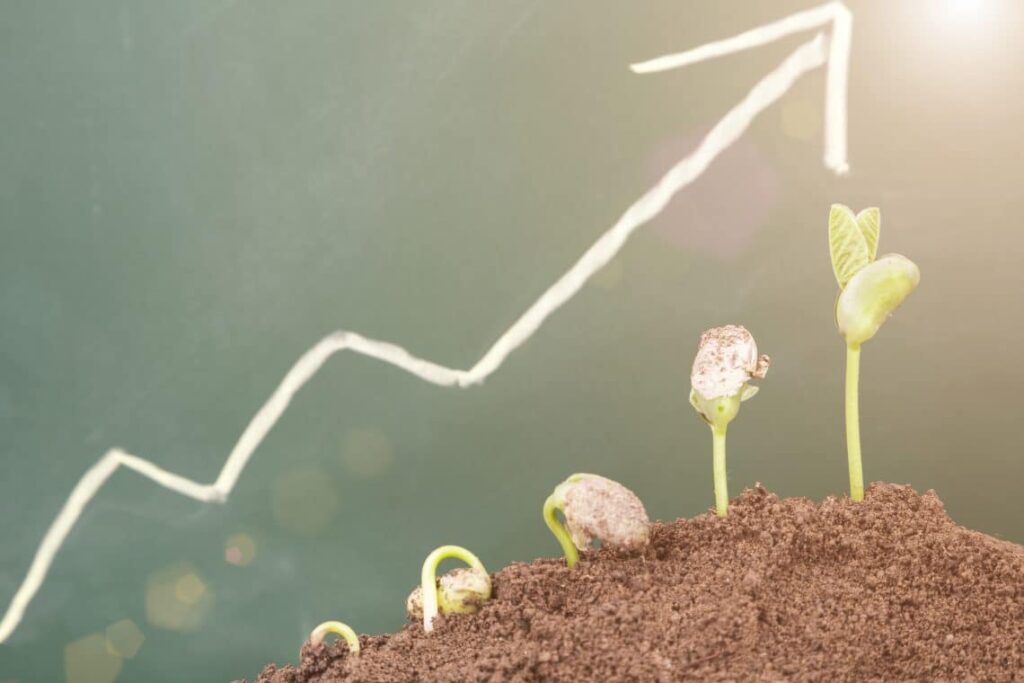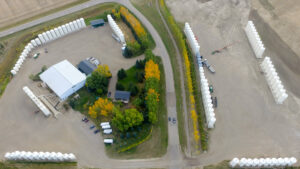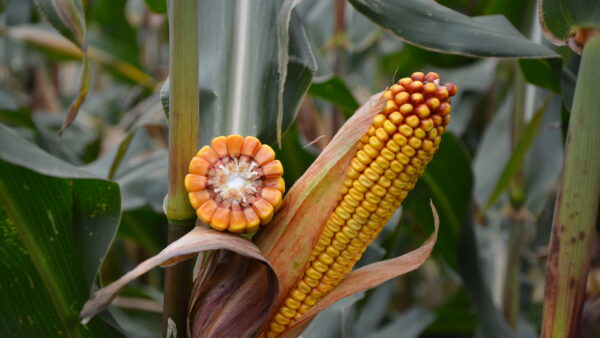I was recently speaking with someone who said my team and I should teach a course in the basics of upgrading a processing plant. So, welcome to Plant Expansion 101, a four-part series. Today we will deal with the fundamental consideration for anyone wanting to upgrade their plant: capacity.
Across the board, people are building bigger seed plants. They want to be able to process more seed. There are numerous reasons for this, some big ones being:
- Generational change. Today’s operators often want to build something that can handle double what grandpa’s old plant could, and sometimes even more. Sometimes the increase is more modest, in the 50% range. But basically, bigger is generally better. It can be as simple as wishing to get more production out of the labour hours.
- Modern genetics. Today’s yields are off the charts compared to what they were years ago. That means more bushels are coming in that need to be processed in the same amount of time.
- New business opportunities. There’s new examples of this all the time, but to name a few: Plant-based protein is huge, and people are cleaning a lot more peas than they used to. Canola is one of the few seed products in Western Canada that is sold in bags as opposed to bulk, like soybean seed often is. A few years back some canola acres shifted to soybeans in Manitoba, and seed plant capacities need to expand. Those beans were to be cleaned locally, and processors formed partnerships with seed companies to process soybean seed; as a result, they needed bigger plants.
Every processing plant is different and there are subtleties that can get overlooked if you don’t work with the right partner to help guide you along on your journey to building the plant of your dreams.
- Costs don’t increase in proportion to capacity. Cost increases aren’t always linear when expanding. Doubling your capacity doesn’t mean you’ll pay twice as much to do so. In time, you’re going to recoup those extra costs anyway through all the benefits increased capacity brings.
- Building a new plant isn’t always the answer. While many operations choose to do a new build, others decide to retrofit and expand a bit at a time — we call this evolutionary plant expansion. Say you put in a larger screen cleaner; although you may not be able to take advantage of all of its capacity until other equipment downstream has been replaced with something bigger, that extra screen area may allow you to do a little more and result in an incremental capacity increase. That larger new machine can take some pressure off the other equipment resulting in some capacity growth with each change to the equipment lineup. This speaks to the capability benefits of upgrading your facility; which will be our next topic of Plant Expansion 101. Stay tuned!









